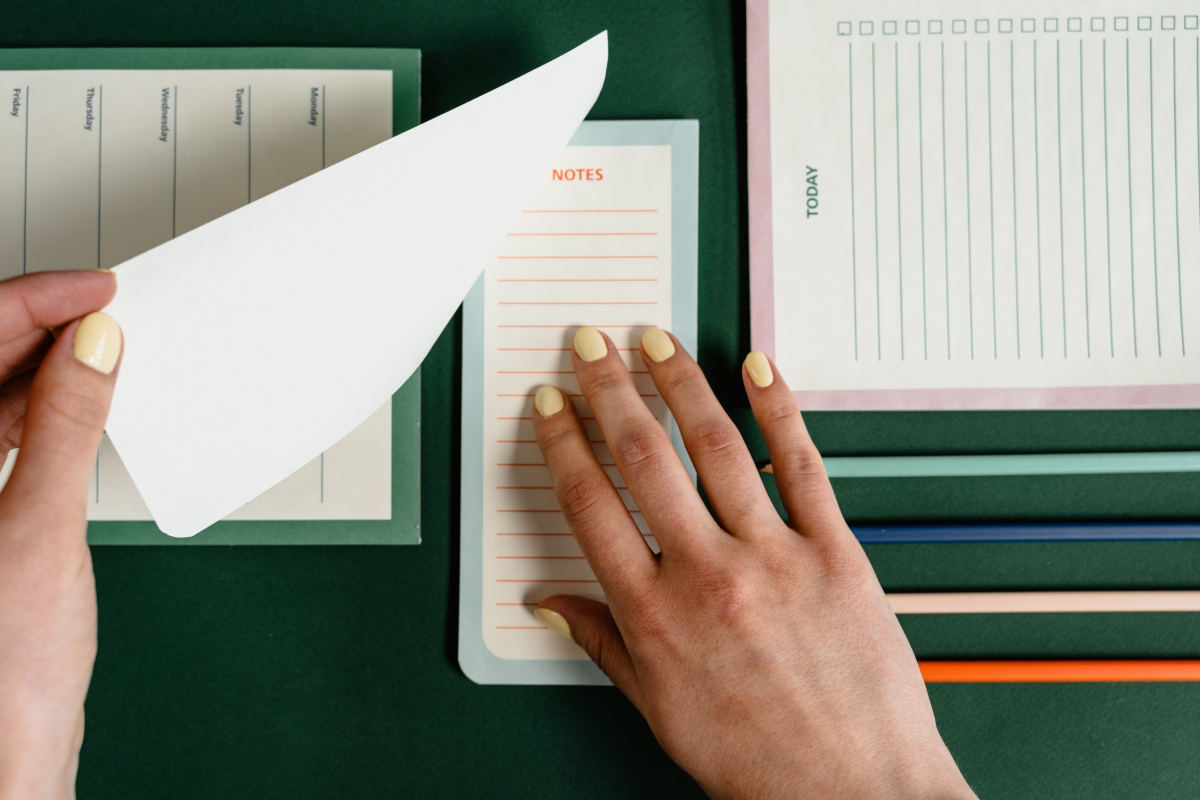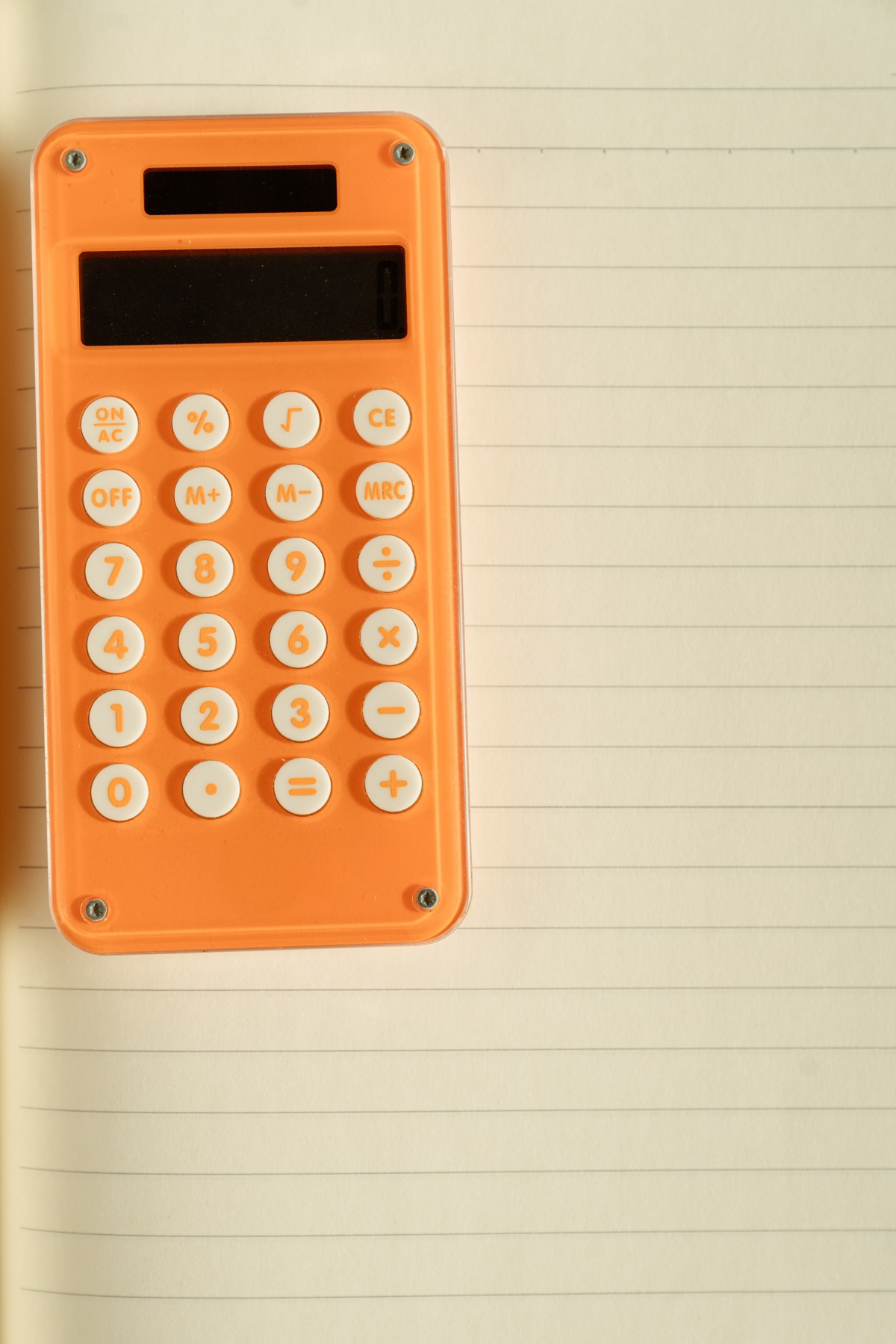Feeling Lost with GCSE Maths? A Tutor’s Straight-Talk Guide to Acing It
Over my time as a maths tutor, I’ve sat with countless students, and I’ve seen the same look in their eyes. It’s that classic mix of confusion and pure dread when they hear words like AQA, Edexcel, Higher tier, and Foundation tier. They’re told to “show their work” but nobody ever really explains the why behind it. My entire job has been to cut through that noise and give students a clear map for the road ahead.
In this article
So, let’s be clear: this isn’t a list of magic tricks or sneaky shortcuts. Real, lasting success in maths comes from two things: understanding the system you’re in and applying smart, consistent effort. I’m going to share the same practical advice I give my own students, focusing on the stuff that actually moves the needle.
We’ll dig into how the exam boards think, what those marks on your paper really mean, and most importantly, how to revise in a way that builds both skill and confidence. Let’s get into it.

First, Let’s Get The Basics Sorted
Before you even think about tackling a practice question, you need to know the rules of the game. So many students waste precious time studying the wrong material or aiming for the wrong paper. Taking one hour to nail this down will honestly save you dozens of hours of frustration later. It’s the very first thing I sort out with any new student.
Quick Wins: What to do in the next 10 minutes
- Email your teacher. Seriously, right now. Just ask: “Which exam board and tier am I sitting for my Maths GCSE?”
- Find the website. Once you know, Google “[Board Name] GCSE Maths past papers.” Bookmark that page.
- Download ONE paper. Just one. Don’t get overwhelmed. Find a question on a topic you feel okay about and just give it a try. The goal isn’t to get it right, it’s just to start.

The Big Three Exam Boards: AQA, Edexcel, & OCR
In England, your school will almost certainly use one of three main exam boards: AQA, Edexcel, or OCR. It’s easy to think of them as these faceless enemies, but they’re not. They’re just organizations creating exams based on the national curriculum. Their goal is to test your understanding fairly.
So, what’s the actual difference? To be frank, not as much as you’d think. The core topics—algebra, geometry, stats, number skills—are the same for all of them. The differences are more about the style of the questions.
- AQA: I find their papers often lean into multi-step, problem-solving questions. They love to wrap the maths in a little story, and your job is to pull the numbers and processes out. A question might ask you to use a geometry rule to find a length, and then use that answer to calculate an area. They test your ability to connect different topics.
- Edexcel: From my experience, Edexcel papers are often very structured and clear. They tend to guide you through a problem with parts (a), (b), and (c), which can feel less intimidating. They put a huge emphasis on showing your working clearly. I once had a student get two marks on a tough question just by writing down the correct formula, even though his final calculation was way off.
- OCR: Sometimes OCR gets a reputation for throwing in a slightly unusual or ‘quirky’ question. They might present a topic you know well in a completely new way. This isn’t to trick you; it’s to see if you truly understand the concept behind the maths, not just the repetitive method you learned in class.
Knowing your board is non-negotiable. Using an AQA paper to prep for an Edexcel exam is like practicing for a tennis match by playing badminton. The skills are related, but the game is different.

Foundation vs. Higher: The Most Important Choice You’ll Make
This decision has a bigger impact on your grade than anything else. It’s usually made with your teacher, but you absolutely need to understand what you’re signing up for.
- Foundation Tier: This paper covers grades 1 to 5. The absolute highest grade you can get is a grade 5. The questions are generally more straightforward, focusing on the core, essential maths skills.
- Higher Tier: This paper covers grades 4 to 9. While there is a safety net (you can be awarded a grade 3), the questions are significantly harder, demanding more complex algebra and deeper problem-solving.
I have a really strong opinion on this, forged from seeing students put in tough spots. Some schools push borderline students onto the Higher paper, hoping they’ll scrape a 6. But if a student is struggling to pass the Higher paper, this is a terrible strategy. A student who bombs the Higher paper might get a grade 3. That very same student could have worked hard on the Foundation paper and walked away with a strong grade 5. A grade 5 is a ‘strong pass’ and a fantastic achievement that opens up plenty of doors for college courses.

I worked with a student whose school insisted he take the Higher paper. He was getting around 20% in his mocks, and the stress was making him physically ill. We had a frank chat with his parents and head of year. We showed them his results against past grade boundaries—it was clear he wasn’t on track. The school finally agreed to move him to Foundation. The relief was instant. He could suddenly answer most of the questions, his confidence soared, and he ended up with a solid grade 5, getting him into his chosen college course. It was the right call.
Be honest with yourself and your teacher. Securing a strong 5 is infinitely better than failing to get a 4.
Thinking Like an Examiner: How to Win Marks
Okay, so you know your board and tier. The next step is to get inside the examiner’s head. The mark scheme isn’t a secret document; it’s your cheat sheet for understanding what they’re looking for. Examiners are trained to award marks, not take them away.

The Anatomy of a Mark (M, A, and B)
When I go through a paper with a student, we don’t just put ticks and crosses. We look at the mark scheme together. You’ll see codes like M1, A1, and B1. Here’s the secret decoder ring:
- M Marks (Method): This is the big one. You get these for showing a correct method, even if your final answer is wrong. This is why you must show your working. Writing down the formula for the area of a circle? That’s probably an M1. You’ve shown you know the right process.
- A Marks (Accuracy): These are for the right answer. You usually can’t get an A mark unless you’ve already been awarded the M mark that comes before it. The method has to be right for the answer to count.
- B Marks (Independent): These are ‘bonus’ marks, often for things like writing down a correct fact, a correct unit, or drawing a graph correctly. You can get these even if other parts of your work are wrong.
Let’s see it in action. Imagine a 3-mark question:
“A right-angled triangle has a base of 6 cm and a height of 8 cm. Calculate the length of the hypotenuse.”
Here’s a sample student answer: `a² + b² = c²` … `6² + 8² = c²` … `12 + 16 = c²` … `28 = c²` … `c = 5.29 cm`.
The final answer is wrong (6² is 36, not 12!), but let’s mark it like an examiner:
- Stating the correct formula (`a² + b² = c²`): M1 mark. (Yep, you got a mark already!)
- Substituting the numbers correctly (`6² + 8²`): M1 mark. (Boom, another mark!)
- Calculating the correct final answer (which would be 10 cm): A1 mark. (Oops, you lost this one.)
That student just got 2 out of 3 marks, even with a wrong answer! This is the game you’re playing. It’s not just about the final number; it’s about proving you know the steps.
Your Tutor’s Toolkit: The Best (and Mostly Free) Resources
You don’t need to spend a fortune to get the best prep materials. Honestly, the free stuff online is often better than expensive courses. Here’s what I recommend to all my students.
- Physics & Maths Tutor: Don’t let the name fool you, this site is a goldmine for maths. It has a massive library of past papers from all boards, organized by topic. Want to drill ‘solving equations’? You can find every question on that topic from the last decade. It’s incredible.
- Maths Genie: Another fantastic free resource. It has past papers, but its real strength is the video tutorials and graded questions for every single topic on the curriculum. Each topic has a little worksheet and a video walking you through it.
- Corbettmaths: This site is famous for its “5-a-day” worksheets. They are brilliant for keeping your skills sharp. You get a handful of questions every day, mixing up topics so you don’t forget things. It’s like a daily workout for your brain.
- A CGP Revision Guide: Okay, this one isn’t free, but it’s the best money you’ll spend. For about £6 at a bookstore like WHSmith or online, you get the entire curriculum explained clearly and concisely. It’s perfect for when you’re stuck on a topic and need a simple explanation. Get the one that matches your exam board and tier!
How to Actually Revise for Maths (The Game Plan)
This is where the real progress happens. Simply reading your notes is the most common mistake I see. It feels productive, but it’s not. Maths is a skill you learn by doing, not by reading.
Here’s the difference:
- The Ineffective Student: Reads their textbook for an hour. Feels like they ‘get it’. Closes the book and has no idea if they can actually solve a problem under pressure.
- The Effective Student: Spends that hour doing timed past paper questions. Marks their own work brutally with a red pen. Makes a list of every mistake and why they made it. This student is the one who improves.
So, what does a good study session look like? Try this 60-minute block:
- First 15 Minutes (Warm-up): Grab a Corbettmaths 5-a-day worksheet. It gets your brain into ‘maths mode’ and quickly shows you if you’ve gotten rusty on any old topics.
- Next 30 Minutes (The Main Workout): Go to Physics & Maths Tutor and pick ONE topic you’re weak on. Set a timer and do 30 minutes of questions only on that topic. Don’t look at the answers. Struggle through it. This is where the learning happens.
- Final 15 Minutes (The Crucial Bit): Stop. Get a pen of a different color. Now, mark your work using the mark scheme. Don’t just check the final answer. See where you lost M marks. For every question you got wrong, write a sentence explaining why. Was it a silly calculation error? Did you forget the formula? This ‘mistake list’ is your golden ticket to improving.
And that’s it. It’s a simple system, but it’s active, it’s focused, and it works. Stop just ‘studying’ maths and start practicing it. You’ve got this.
Inspirational Gallery
Why does every teacher insist on
A 2018 Ipsos MORI poll found that a third of 15- to 24-year-olds in the UK feel anxious when faced with a maths problem.
If you feel a sense of dread when opening your textbook, you are far from alone. Recognising this feeling as ‘maths anxiety’ is the first step. The key is to break the cycle by starting with small, manageable problems you know you can solve. Each small win helps rebuild confidence and quietens that anxious voice.
- Gain a solid grasp of every topic on the syllabus.
- Test yourself with thousands of past paper questions.
- Access video tutorials for every single concept.
The secret? Using free online platforms. Your school may already provide access to a system like HegartyMaths or Sparx, but don’t forget the power of websites like Corbettmaths, which offers free videos, worksheets, and solutions for the entire curriculum.
Physical Flashcards: The act of writing out a formula or definition on a card helps commit it to memory. They are tangible and great for quick-fire revision sessions with family or friends.
Digital Apps (like Anki/Quizlet): These apps use ‘spaced repetition’ algorithms to show you difficult cards more often. They are always on your phone, perfect for a five-minute revision session on the bus.
Try both! Use physical cards for core formulas and a digital app for definitions or multi-step processes.
The one piece of kit you can’t ignore: your calculator. Make sure you have the right one—the Casio fx-83GTX or the more advanced ClassWiz fx-991EX are the standard choices for GCSE. Spend an afternoon (with a YouTube tutorial!) learning its key functions: how to use the fraction button, input standard form, and find square roots. Knowing your calculator inside out can save you vital minutes and prevent simple mistakes in the exam hall.
Your brain learns best when it’s not fighting distractions. Before you start revising, take ten minutes to curate your space. Put your phone in another room (or use a focus app), close unnecessary browser tabs, and make sure you have good lighting. A clear desk can lead to a clearer mind, making it easier to absorb complex ideas like trigonometry or algebra.
Don’t just revise topics randomly. Plan your revision around the structure of the exam paper itself. Look at a few past papers from your exam board (AQA, Edexcel, or OCR) and notice the pattern:
- The first few questions are almost always Foundation-tier crossover questions on topics like number, fractions, and simple algebra.
- The middle section tests the core of the syllabus.
- The final questions are the challenging problem-solving and multi-step questions designed to separate the top grades.
Focusing your practice on questions from each section prepares you for the rhythm and escalating difficulty of the real thing.
On average, students need to be exposed to a new piece of information at least three to five times on different days to move it from short-term to long-term memory.
Some of the most valuable revision time isn’t spent learning new things, but meticulously reviewing your own mistakes. After doing a practice paper, don’t just look at the mark. Create a ‘mistake log’—a simple notebook where you write down the question you got wrong, why you got it wrong (e.g., ‘silly calculation error’ or ‘didn’t understand the topic’), and the correct solution. Reviewing this log before your next practice session is one of the fastest ways to improve.
- Read the question twice. What is it actually asking for?
- Underline the key information and values.
- Choose the correct method or formula to use.
- Solve the problem, showing your working.
- Answer the question, making sure to include units (£, cm, etc.).
- Check your answer. Does it seem sensible in the context of the question?










